Awesomeness Round-Up – 8/29/2011
- By Faith Tucker
- August 29, 2011
- Comments Off on Awesomeness Round-Up – 8/29/2011
It’s been a rough week for the Mid-Atlantic region with the 1-2 punch of an earthquake and a hurricane rattling our region. Goddard got a good shake last Tuesday when a 5.8 magnitude earthquake prompted the center to close for the day. And over the weekend Hurricane Irene passed nearby, causing heavy rain and wind in the area. While both events were unusual for the area, Goddard doesn’t seem to have suffered any major damage. Below is a satellite image of the area showing where the Earthquake occurred and some staggering images and videos of Hurricane Irene’s enormous structure taken from the International Space Station as it passed overhead.
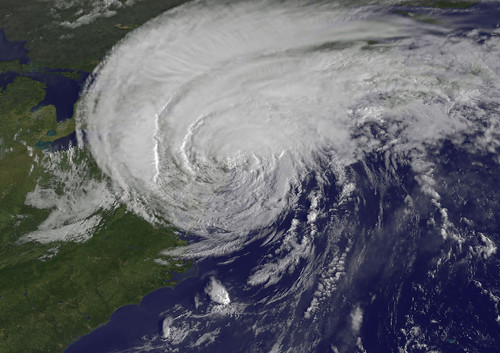
Hurricane Irene reaches New York City, Credit: NASA/NOAA GOES Project
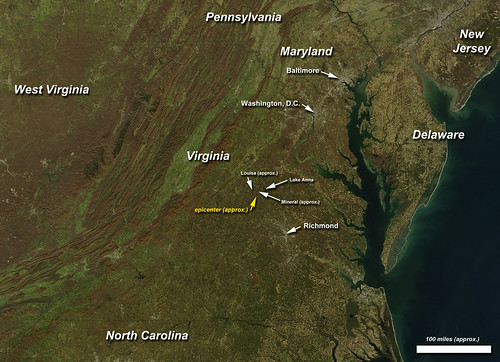
The earthquake was centered near Mineral, VA and was felt up and down the east coast, Credit: NASA Goddard/MODIS Rapid Response
Supernova! Just a few days ago astronomers caught wind (well, radiation) of a supernova in M101, a nearby spiral galaxy also known as the Pinwheel Galaxy. This incredibly energetic explosion occurred when a White Dwarf (the cool leftover remnant of a small or medium-sized star) pulled enough material off of a nearby Red Giant to push it over a critical mass threshold, causing it to explode as a Type 1a supernova. Events like this are rare, especially in a galaxy as convenient as M101, and will give astronomers a valuable opportunity to learn more about such processes. As an added bonus, it should be visible from reasonably dark skies with a telescope or good pair of binoculars, so get out there!
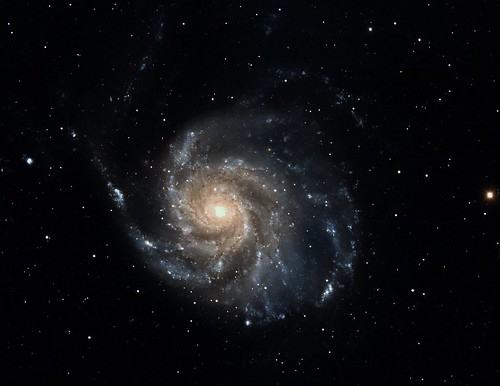
The photogenic Pinwheel Galaxy, Credit: NOAO/AURA/NSF/G.Jaco by, B.Bohannan & M.Hanna
To see the supernova itself, check out the Astronomy Picture of the Day from August 26th!
Once upon a time there was a supermassive black hole (nearly 8 million times the mass of our Sun) in the center of a galaxy far far away (3.9 billion light years to be exact) that had laid dormant for quite sometime. But then one fine spring day (technically one fine spring day 3.9 billion years ago) a solitary star wandered too close to our inky-black friend and succumbed to its overwhelming gravitational pull, thereby awakening the black hole from its quiet slumber. The result of this unusual event is a continual stream of X-rays since late March that has been picked up by the Swift satellite and has been intriguing astronomers for months now.
TED Talks have always been a go-to, guilt-free procrastination tool because who can feel bad about not taking out the garbage or washing the dishes when you’re learning about the technology that will soon do such menial tasks for us! Well, while the TED team is on vacation, they’ve posted some thematic playlists to keep all of us knowledge consumers happy in the meantime. Check out their “To Infinity and Beyond” playlist that explores “the vastness of space, and the things that may or may not be found in it,” featuring planetary scientist Carolyn Porco, theoretical physicist and cosmologist Stephen Hawking, filmmaker David Hoffman, and humorist John Hodgeman.
You always knew you were pretty hot stuff, but now it turns out you’re actually hotter than some stars! Well, technically, they’re more like failed stars that never really got their act together, but still. NASA’s WISE mission has recently discovered some of the coolest stars to date that have been hiding in our solar backyard all along. Brown dwarf stars are objects that began forming as all stars do but in the end were not hot enough to ignite fusion of hydrogen into helium in their core. Without this fusion they can’t generate the energy that causes full-blown stars to shine, so they become very dark and very cold – rendering them nearly impossible to observe in visible wavelengths. But WISE has managed to spot a few rare Y Dwarfs, which are the coolest sub-group of the Brown Dwarf family; one of which measures a mere 80 degrees Fahrenheit (or 25 degrees Celsius). And by comparison, that makes you … wait for it … a super star!
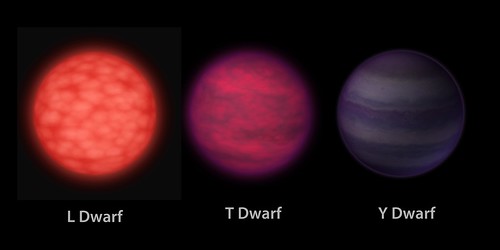
Different varieties of Brown Dwarfs, including the coolest Y Dwarfs. Credit: NASA/JPL-Caltech
Another great “Caption This” and opportunity to sharpen your wit on next week’s image.
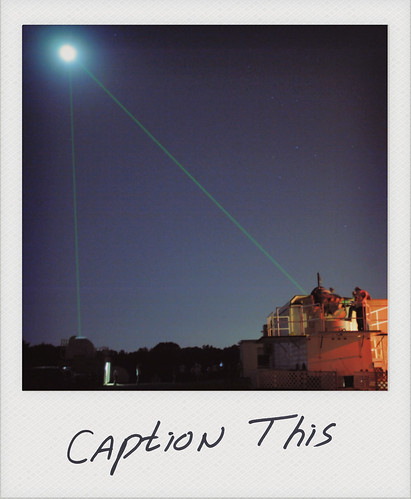
Winning caption: “Early attempts to carve ownership rights into the moon were largely unsuccessful.” (Jordan from New Jersey) Credit: NASA Goddard/Debbie McCallum


